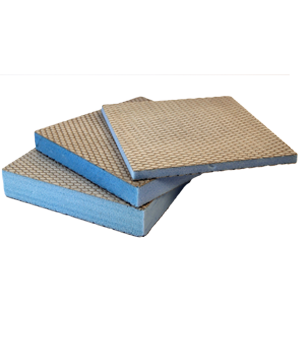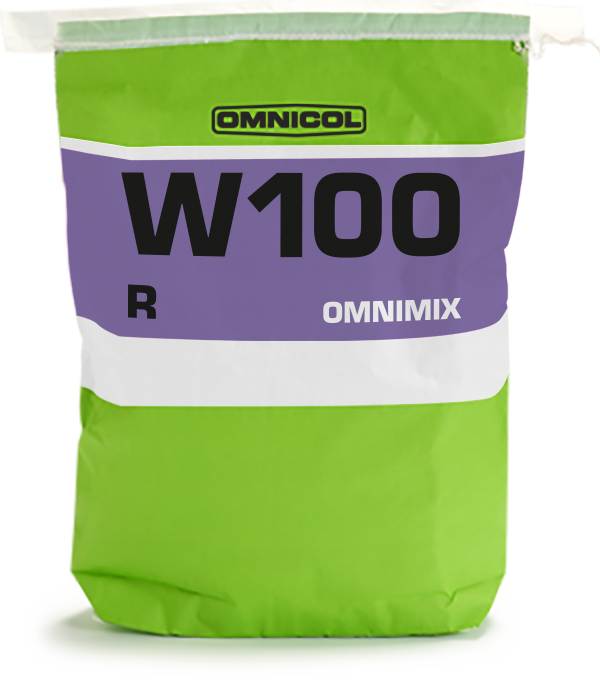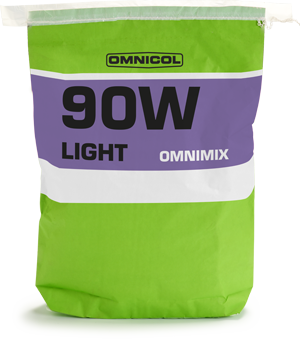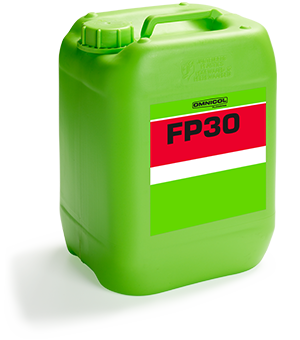O-BOARD
Additional products
Applications
This unique structure provides an ideal adhesive surface for tiles, coatings and other applications. Can be used for partitions, wall-mounted toilets, shower trays and casings for baths (30 mm panel), pipes and plumbing, as a construction component for washbasins, bathroom furniture and for levelling (existing) uneven surfaces. It can also be used as an insulation material for underfloor heating, as it creates a barrier, in order to prevent heat losses. Suitable for damp areas, such as bathrooms, spa facilities, kitchens, etc… It can be used in new buildings and renovation projects.
Getting started with O-BOARD
Certificates and documents
Download the documents available from this specific product here.
Can't find the right certificate?
Contact usLet us help you out
What different types of glue are there?
There are 3 types of glue, each with their own characteristic properties. They are all standardized within the European standard EN 12004.
- Mortar adhesive (R)
- Dispersion glue (D)
- Reaction glue (R)
How much glue can I apply to the surface at once?
This is the open time. That is the time you have to place the tile in the adhesive bed once you have applied the adhesive to the substrate. For fast-setting adhesives this is 10 minutes, for standard adhesives this is approximately 20 minutes, for adhesives with an extended open time this is approximately 30 minutes. Temperature and porosity of the subsurface also play a role here. If in doubt, you can feel it with your finger. If you feel that the glue already has a film layer, the open time has been exceeded.
Which glue comb is best to use?
The choice of the right teeth depends on a number of factors;
- the type of tile adhesive (paste or powder),
- the 'buttering-floating' method is used, and
- the application (wall or floor),
- the flatness of the substrate and the flatness of the tile.





